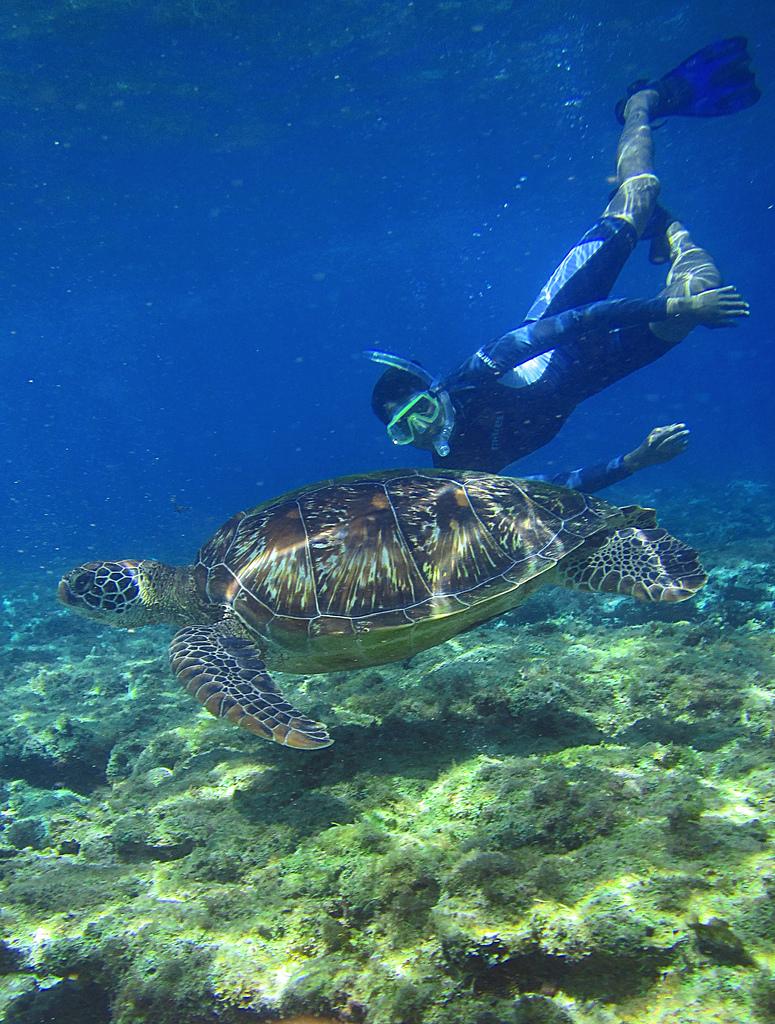
What is ?
Apo Island is a volcanic island covering 12 hectares of land area. The marine habitat around the island is a marine reserve protected by the National Integrated Protected Area Act (NIPA) and under the jurisdiction of the Protected Area Management Board (PAMB). It has become a popular dive site and snorkeling destination with tourists. There are two resorts on Apo Island, both of which have their own dive centers: Apo Island Beach Resort and Liberty's Lodge.

How did the marine sanctuary at Apo Island start?
The project was started when Dr. Angel Alcala, a marine scientist from the Silliman University Marine Laboratory explained to the local fishermen the importance of creating a marine sanctuary in the area. Initially, there was hesitation on the part of the locals; but after a 3-year dialogue, Dr. Alcala was able to convince the island community to establish the sanctuary. Assisted by the staff of the SU Marine Laboratory in 1982, the local fishermen selected an area along 450 meters of shoreline and extending 500 meters from shore as the sanctuary site. Since then, the project initiated on the island led to the creation of hundreds of other marine sanctuaries in the Philippines.

What are the achievements of Apo Island?
In 2003, Chicago's Shedd Aquarium opened a Wild Reef exhibit based on Apo Island's surrounding reef and marine sanctuary. In 2008, Sport Diver Magazine listed Apo Island as one of the top 100 diving spots in the world.


How is the tourism industry in Apo Island?
Apo Island is one of the world's best known community-organized marine sanctuaries, and as such, it has been well documented by the global science community. At present, the island is home to over 650 documented species of fish and estimated to have over 400 species of corals. Visitors and tourists pay a fee to enter Apo Island and to snorkel or dive in the marine sanctuary there; these fees are used to keep the sanctuary clean and in good condition.
Where is Apo Island located?
Apo Island is located off the southeastern tip of Negros Island, 7 kilometers from the town of Zamboanguita, and 25 kilometers south of the Negros Oriental capital Dumaguete City. Extending approximately 1.5 km (0.9 mi) from north to south and 1 km (0.6 mi) from east to west, the island has a land area of just 12 hectares and rises to a height of 120 meters (390 feet) above sea level at its highest point. It can be reached by a 30-minute boat ride from the village of Malatapay, Zamboanguita, Negros Oriental.










